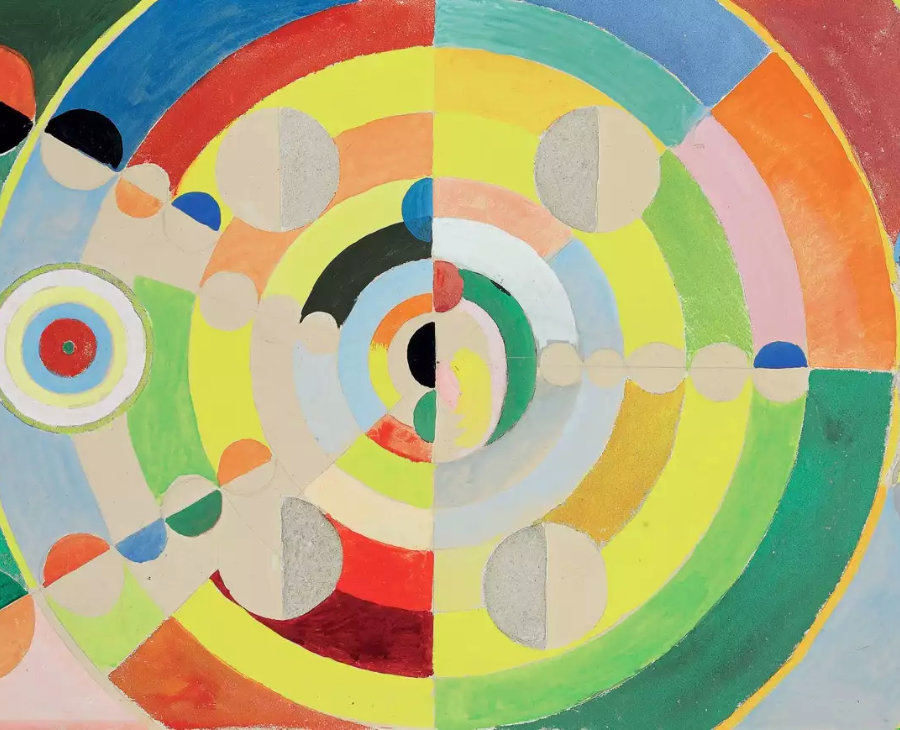The Bulgarian artist’s heals wounds
Christo wraps the Reichstag
The Bulgarian artist’s heals wounds
Christo Wraps the Reichstag
Bulgarian Christo Vladimirov Javacheff (1935–2020) and Moroccan Jeanne-Claude Denat de Guillebon (1935–2009), known as Christo and Jeanne-Claude, were artists who were noted for their large-scale, environmental installations, often large landmarks such as the German Parliament building, The Reichstag.
Christo’s Art, the Catalyst for Change
In 1989, the world witnessed the historic fall of the Berlin Wall, a momentous event marking the end of a divisive era of the division of Germany. However, for the people of Germany, there was another painful memory of the Nazi era that still needed to be addressed and exorcised. The story takes us to 24 June 1995, when German President Roman Herzog stood witness to an extraordinary artistic endeavour by the contemporary Bulgarian artist, Christo and his artist wife Jeanne-Claude . This moment not only symbolized healing but also embodied the power of art to transcend historical scars.
Watch Christo Wrap the German Reichstag
Christo creates ‘Wrapped Reichstag’
The focal point of this remarkable event was the Reichstag, the iconic German Parliament building, which had been virtually destroyed by a mysterious fire in 1933, just before Adolf Hitler and the Nazis came to power. Tragically, it remained a haunting ruin for over six decades. A symbol of democracy that had been reduced to ashes by the forces of tyranny.
Then came Christo and Jeanne-Claude, armed not with a political agenda, but with creativity and vision. He embarked on an audacious project to shroud the Reichstag in fabric, an act that would profoundly resonate with the collective German consciousness. As the artist meticulously began the wrapping process, a symbolic act of covering the scars of the past unfolded before the world’s eyes.
On July 6, 1995, the Reichstag was unveiled from its ephemeral shroud. The moment was much more than an artistic spectacle; it was a symbol of rebirth and renewal. Reconstruction efforts, overseen by the British architect Norman Forster commenced immediately, as if a phoenix had risen from the ashes. The intention was clear: to restore the Reichstag to its former glory so that it could once again serve as the hallowed ground where the German parliament convened, just as it had before the Nazis’ devastating reign.
Christo and Jeanne-Claude’s endeavour was nothing short of a masterpiece, blending history, art, and healing in a way that left an indelible mark on the world’s cultural landscape. This monumental artwork transcended mere aesthetics; it represented a nation’s determination to confront its painful past and emerge stronger.
In the realm of art history, Christo and Jeanne-Claude’s wrapping of the Reichstag stands as a testament to the power of art to heal wounds, restore dignity, and rewrite the narrative of a nation’s history. It reminds us that art is not merely a reflection of our world but a catalyst for profound change and transformation, even in the face of the darkest chapters of history.
Checkout Our European Artists, North American Artists and Rest of the World Artists





